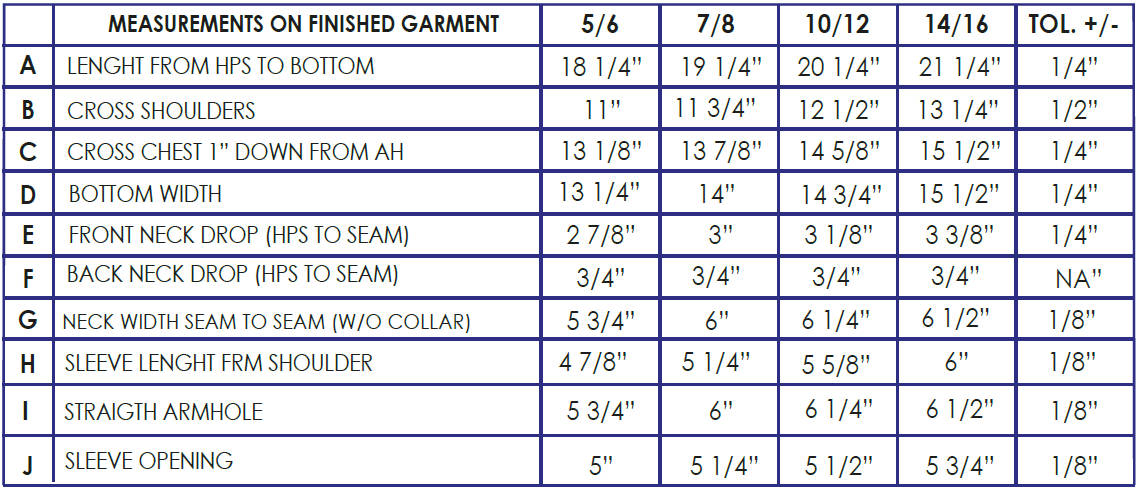We provide apparel quality control services in China
At NBN, our exceptional team of quality engineers and inspectors offers unparalleled quality control services for apparel to our clients. Our comprehensive apparel quality control program includes Manufacturing Audits, Pre-Shipment Inspections, During Production Inspections, and Initial Production Inspections. Each of these services can be tailored to meet the specific needs and requirements of each client, ensuring a personalized and efficient approach to quality assurance in your apparel supply chain.
The key points of Garment & Apparel inspection
It will include thorough evaluations of material quality, construction and workmanship, size and fit, design and color accuracy, labeling and packaging, safety compliance, and overall aesthetic and finish.
Appearance and style
Visual Assessment
Inspectors conduct a thorough visual examination of the garment. They check for alignment with the design specifications, ensuring that the style, color, patterns, and overall aesthetic match the intended design. This includes inspecting the garment for any discrepancies in print, embroidery, or embellishments and ensuring that the overall look aligns with the design brief.
Comparison with Reference Samples
Inspectors compare the garment against reference samples or design prototypes. This step ensures that the produced item faithfully replicates the agreed-upon style and design elements, including shape, color, and decorative details. Any deviations from the reference sample are noted and reported for correction.
Material
Client typically provide detailed specifications and characteristics for fabrics and accessories (such as buttons, zippers, and decorative items). Inspectors conduct visual inspections and tactile tests, comparing randomly selected samples with the approved sample to verify the consistency and quality of the materials.
Furthermore, to enhance the rigor of the material verification process, inspectors also require suppliers to provide third-party material test reports. By comparing these reports with the client’s specification, inspectors can ensure that the materials used not only meet customer requirements but also comply with industry quality standards, thereby ensuring the overall quality of the product.
Workmanship
Sampling
The number of samples for random inspection is determined based on the INSPECTION LEVELS requested by the client and the LOT SIZE of the goods. Then, find the corresponding AQL on the table. For example, if the required INSPECTION LEVEL is II, AQL is 0/2.5/4.0, and the LOT SIZE is 5000 pcs, then 200 pcs will be randomly sampled. The acceptable range for the number of defects is Critical 0 pcs/Major 10 pcs/ Minor 14 pcs. If the number of defects exceeds these limits, the goods will be rejected.
(Default: Inspection level II, AQL 0/2.5/4.0)
Quality check
Each sample selected for random inspection is individually examined, and all defective products are identified and segregated. These defective products are then categorized and quantified. This result determines whether the entire batch of goods falls within the AQL (Acceptance Quality Limit) range and is the key basis for deciding whether to accept or reject the shipment.
Classification of defects in garment
Critical
Discover scissors or needles, mold, insects or insect eggs, as well as other items that pose a threat to user safety, environmental safety, or do not comply with legal regulations.
Major
Fabric color variation, noticeable misalignment or twist, holes, fabric or accessory damage, and other appearance defects affecting sales.
Minor
Untrimmed thread, small spots or stains, or other defects inconspicuously that have less effect on appearance.
Garment defect classification examples
Size Measurement
The measurement charts are typically provided by the client, and inspectors perform measurements based on the chart and the quantity of samples specified in the requirements. During this process, if there are updates to the measurement chart that result in discrepancies with the supplier's chart, we will promptly confirm this with the client.
Label & Logo
In a clothing order, there may be multiple colors and sizes, and the labels on garments of different sizes and colors are also different. For example, there will be various sizes and barcodes on hang tags and care labels. During the inspection process, we will carefully verify each type of label and document it with photographs.
Packing & Packaging
According to the client's specifications, we will verify the shipping mark, outer box quality, packing method, printing on inner packaging, check for punctures in PVC bags, and the presence of desiccants, among other things.
Common Tests of Garment inspection
-
Carton assortment check
-
Needle Damage & Seam strength check
-
Symmetry check
-
Color shading check
-
Sticker test
-
Stretch test (for elastic and knitted fabric)
-
Fatigue test for Velcro/Snap/Zipper/Eyelet
-
Adhesive test
-
Rub test
-
Per inch stitches check
-
Barcode scan test





